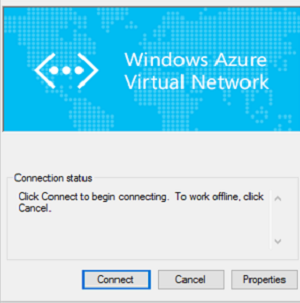The other day at work, I was checking some eventlogs inside of the Operations Manager log of a particular server because of an unrelated issue we were having.
I found out, that every four hours the following ‘Error’ Event messages were being logged in the ‘Operations Manager’ log:
Event ID 4001
DiscoverSQL2005DBEngineDiscovery.vbs : Unable to open WMI Namespace ‘winmgmts:\\SERVER.DOMAIN \root\Microsoft\SqlServer’. Check to see if the WMI service is enabled and running, and ensure this WMI namespace exists..

Event ID 4001
DiscoverSQL2005DBEngineDiscovery.vbs : The Query ‘select * from __NAMESPACE where Name =’ComputerManagement” returned an invalid result set. Please check to see if this is a valid WMI Query.. Object required.

So this doesn’t look good, apart from having these ugly criticals spammed in my log, I dont think it’s healthy from a performance perspective of this particular agent on this server. (AND SQL 2005? Back to the stone age)
Looking at the configuration tab of the ‘object discovery’ inside the ‘Authoring’ pane in the SCOM Console. I found out that the SQL 2005 discovery (or to be more specific: SQL Server 2005 Installation Seed) is looking for the following keys to tell SCOM this is in fact a SQL 2005 Server:
HKEY_LOCAL_MACHINE\SOFTWARE\Microsoft\Microsoft SQL Server\90
SOFTWARE\Wow6432Node\Microsoft\Microsoft SQL Server\90
I was completely baffled when finding the above keys on the particular server 😛
Apparently someone installed SQL Server or SQL Server Management Tools (< more likely) and didnt unninstall this in a proper way 😛 ( < VERY LIKELY)
So I checked which servers had this ‘problem’, and I found out it was a bit more than this 1 I was inspecting. (and they werent database servers)
Finding instances discovered by this object discovery

Finding a bit more than 1 😛

So I created a group and filled it with these servers. The next step that I took was making an override for the discovery of the ‘SQL Server 2005 Installation Seed’ and disabled the discovery for my newly created group. And voila! The Operations Manager Event logs on my servers lived long and happily.

















